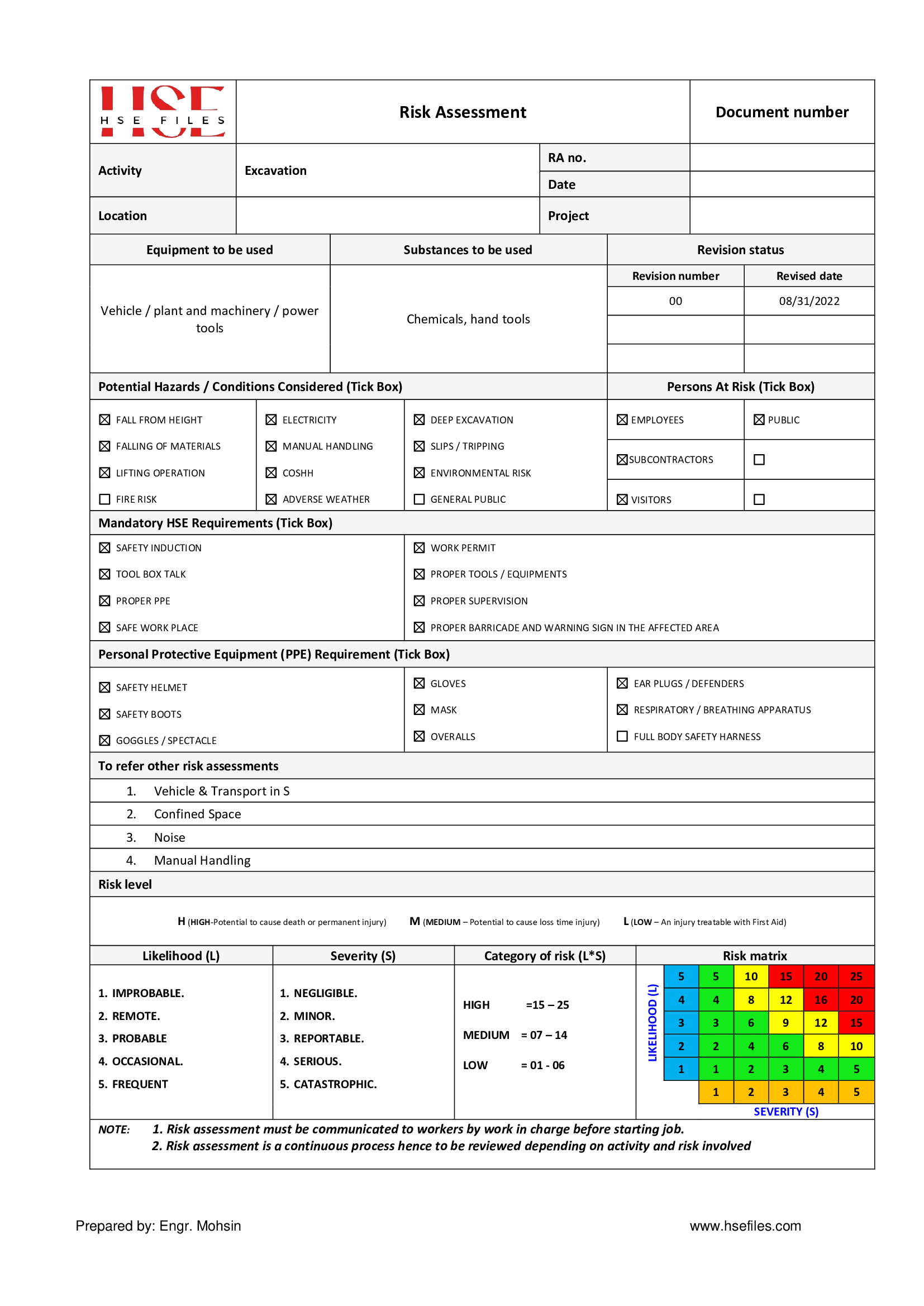SALE








Excavation-Risk Assessment
Original price was: $9.00.$5.00Current price is: $5.00.
On download you will get editable template








Original price was: $9.00.$5.00Current price is: $5.00.
On download you will get editable template
Lehlohonolo Sekotlo –
It’s such an amazing document
Fadhlallah garouachi –
Very interested
yahia –
thanks
Gopal Das Bairagi –
Good
Ceci –
Good
Mehmood Ahmad –
Thanks for providing such a beneficial document.
Appreciate your contribution.
Kedarnath Nakade –
4
Sheraz –
Good
javed (verified owner) –
nice content
Fausto (verified owner) –
.
Thiam El Hassen –
Excellent.
I will purchase when m’y card is available
Camelia (verified owner) –
Thanks great template
Aasif –
Excellent Document
Aasif –
Good Document
Herbert –
5
Prabhu Balasundaram Lingam –
****